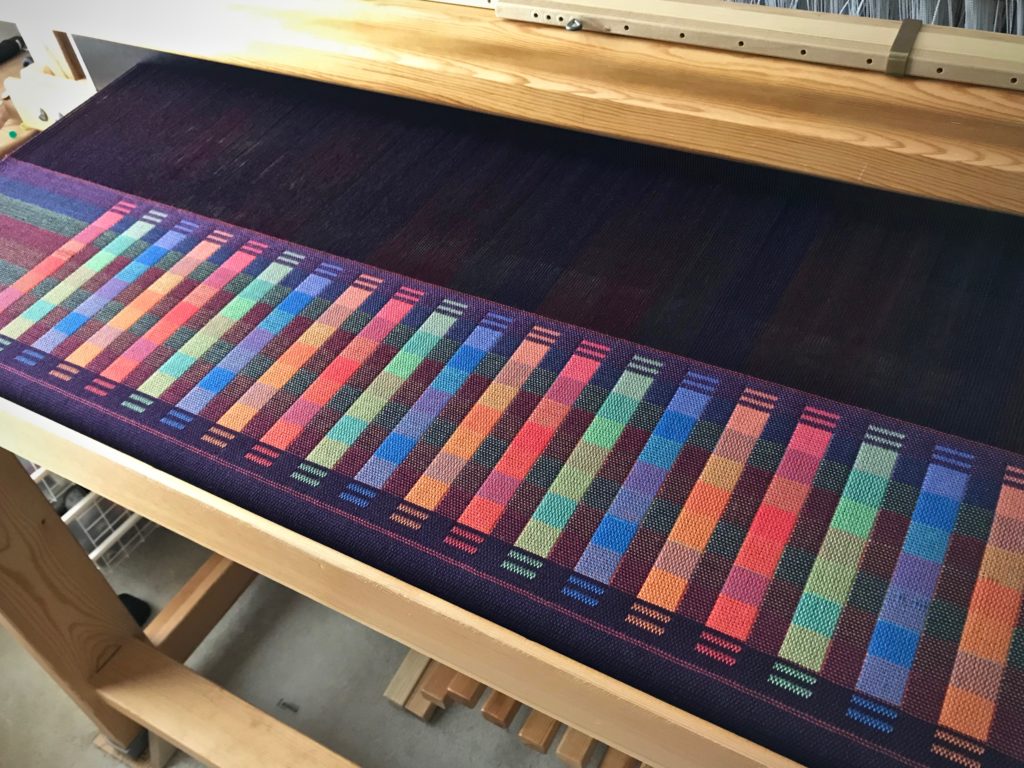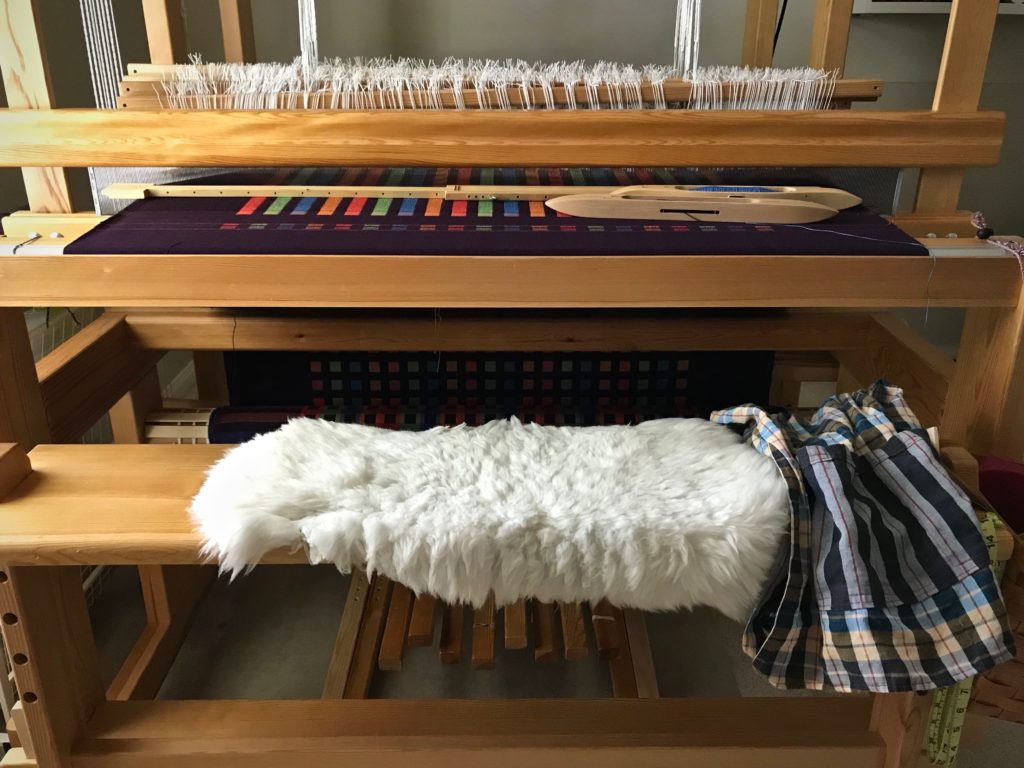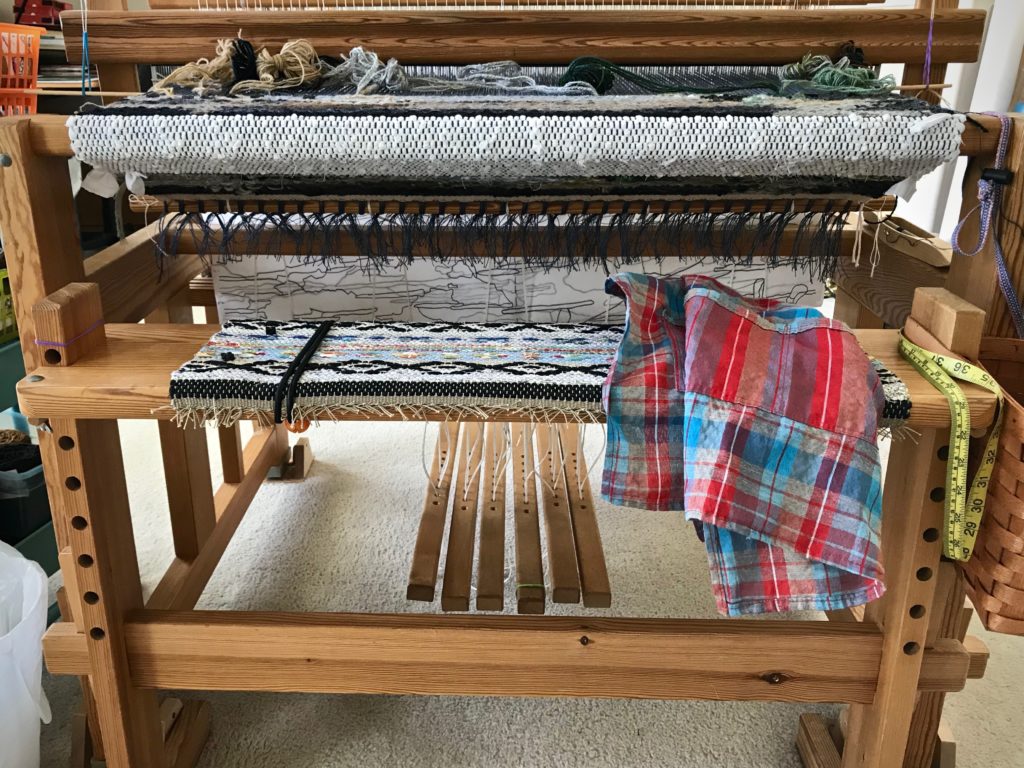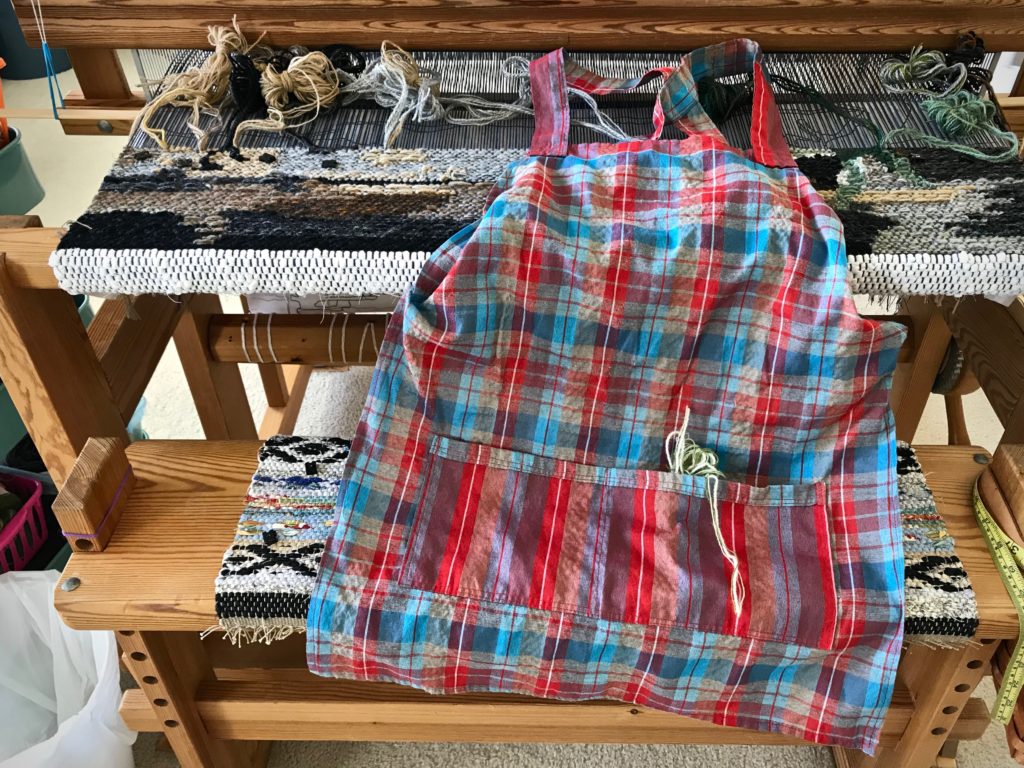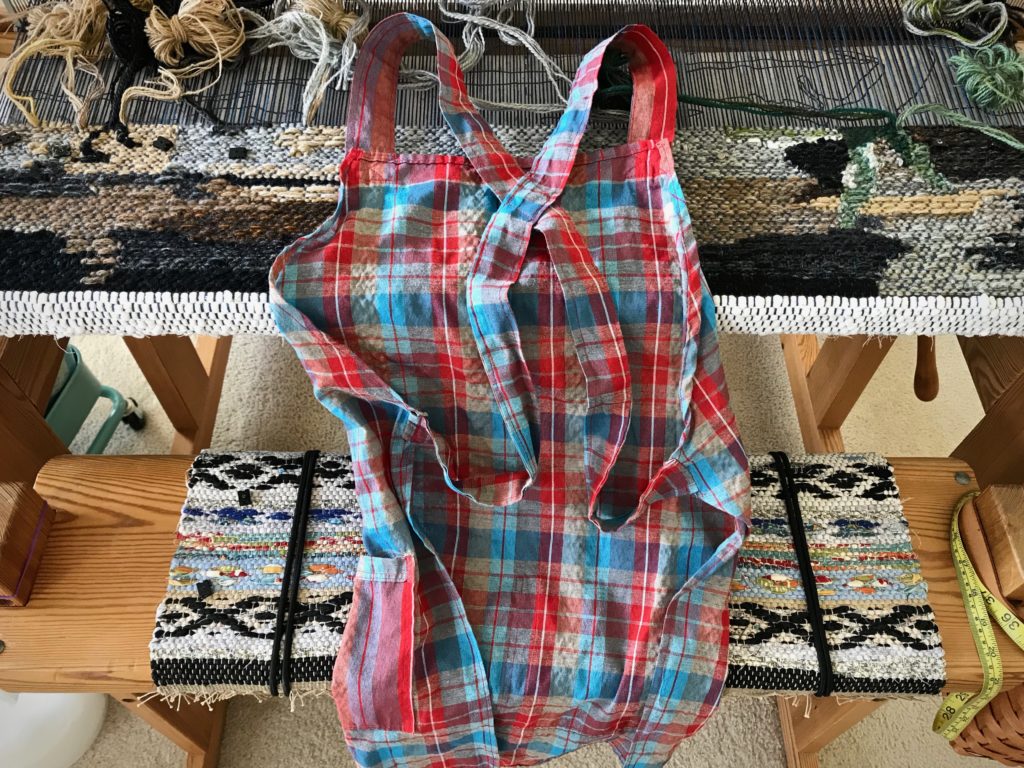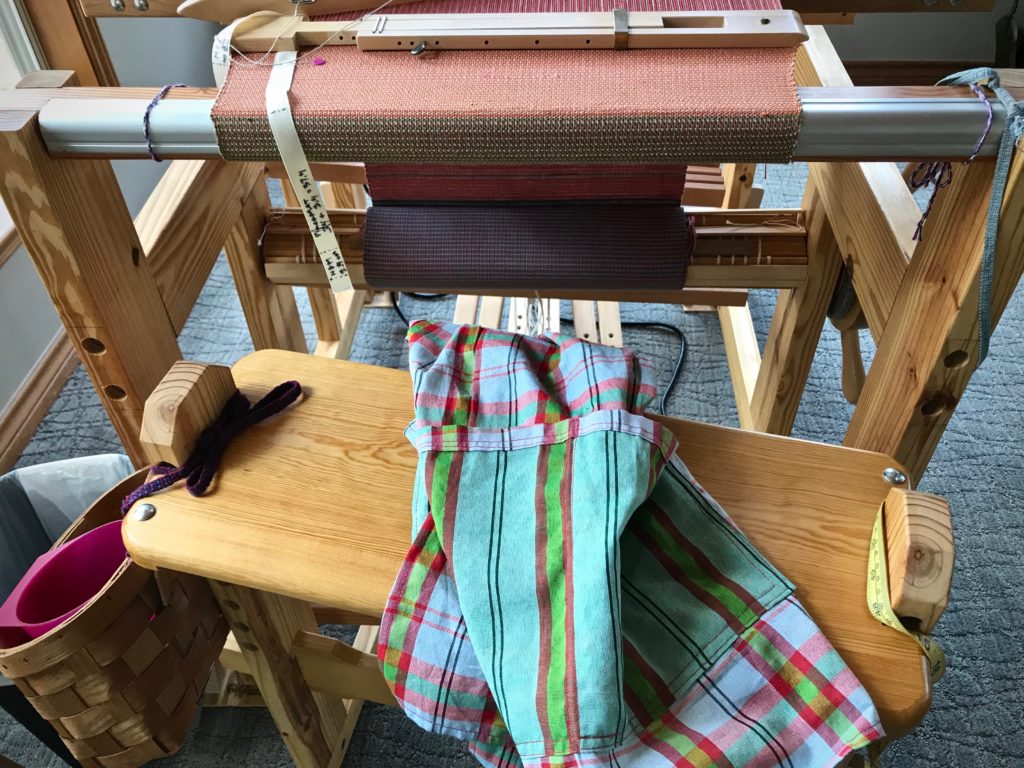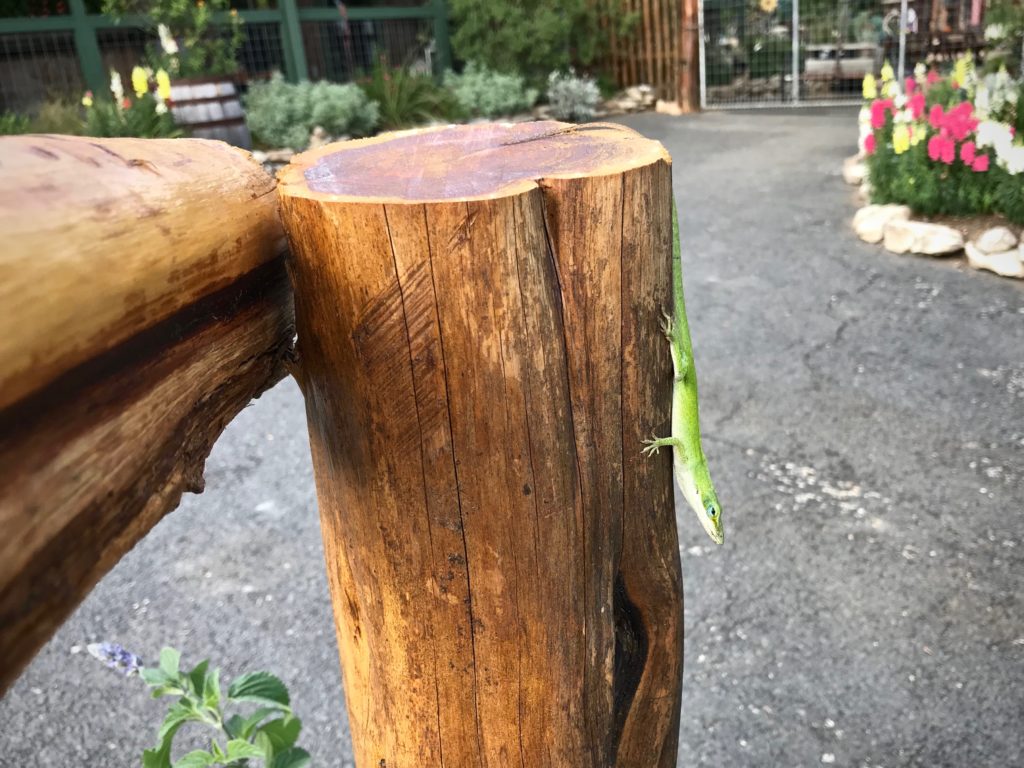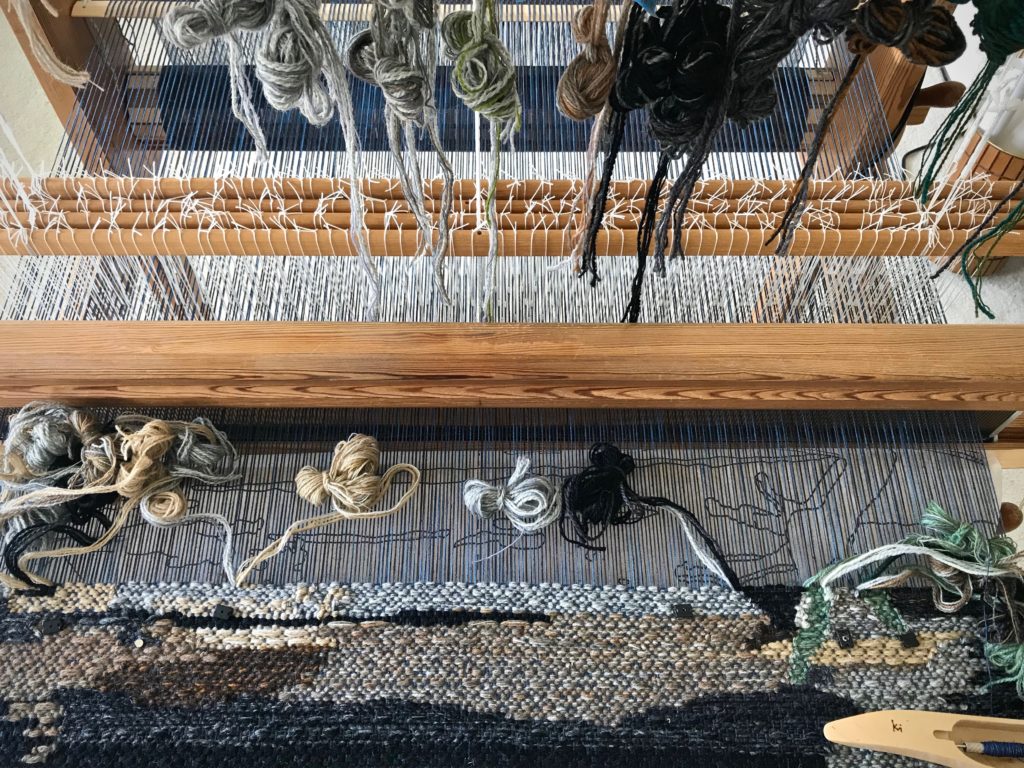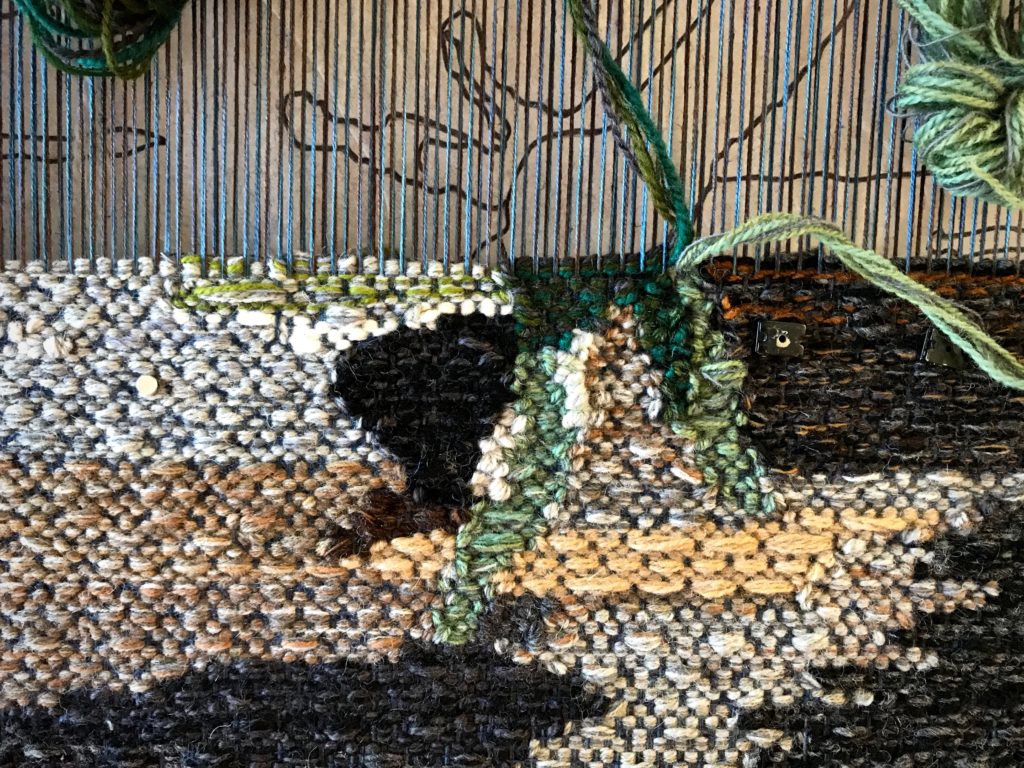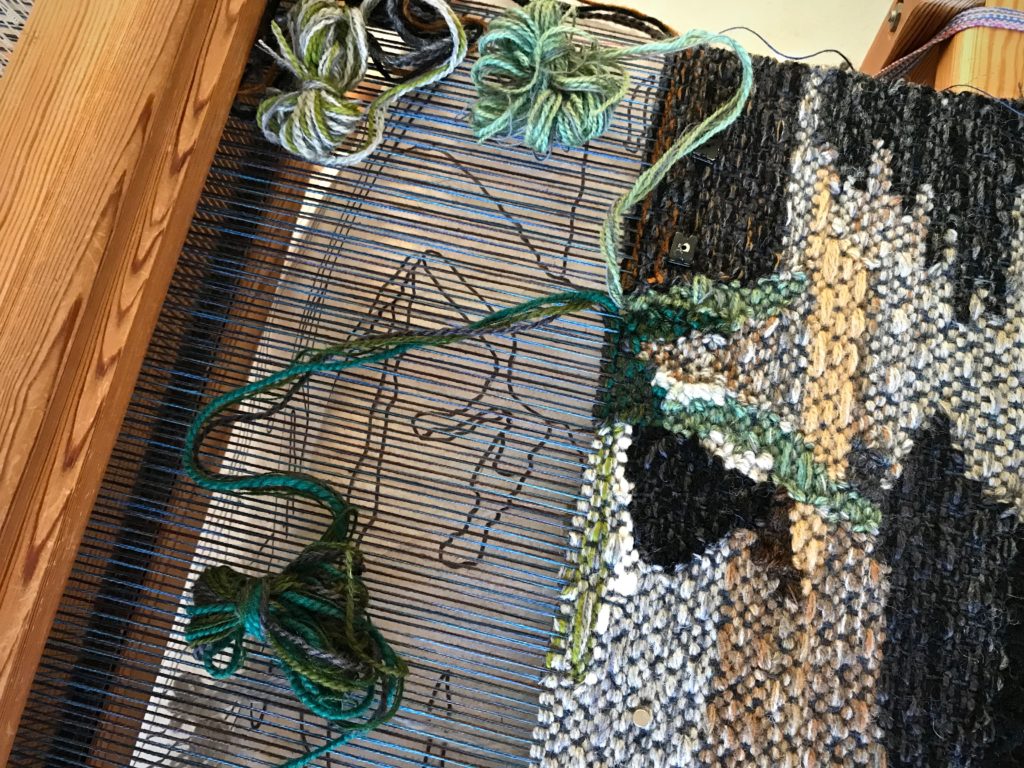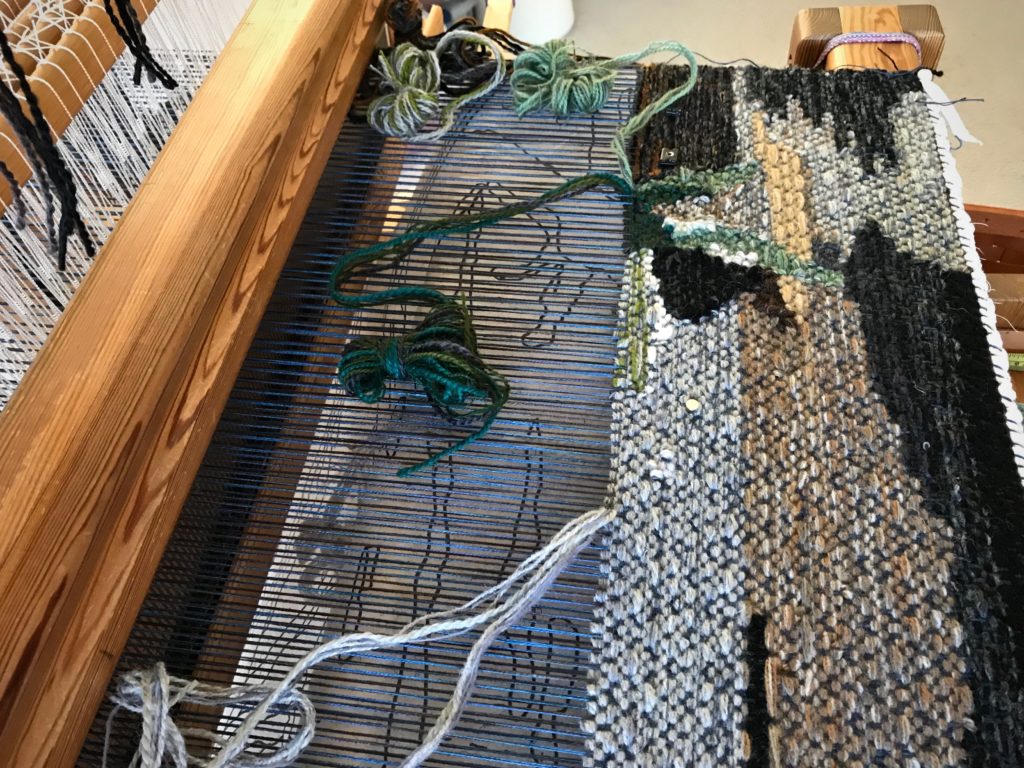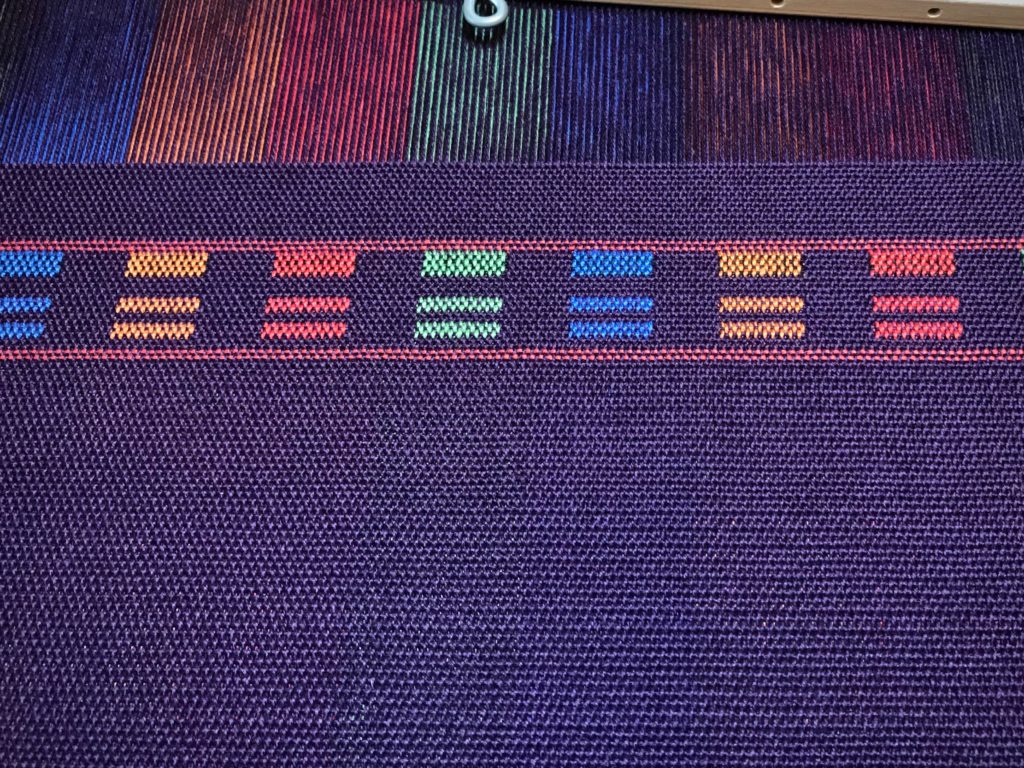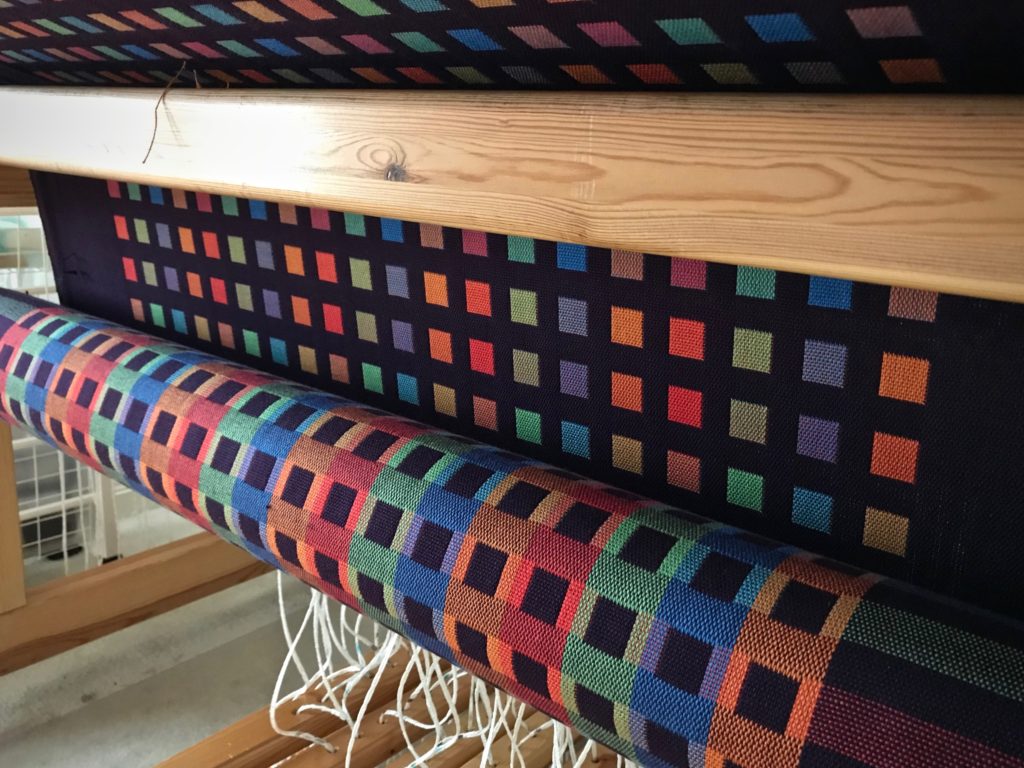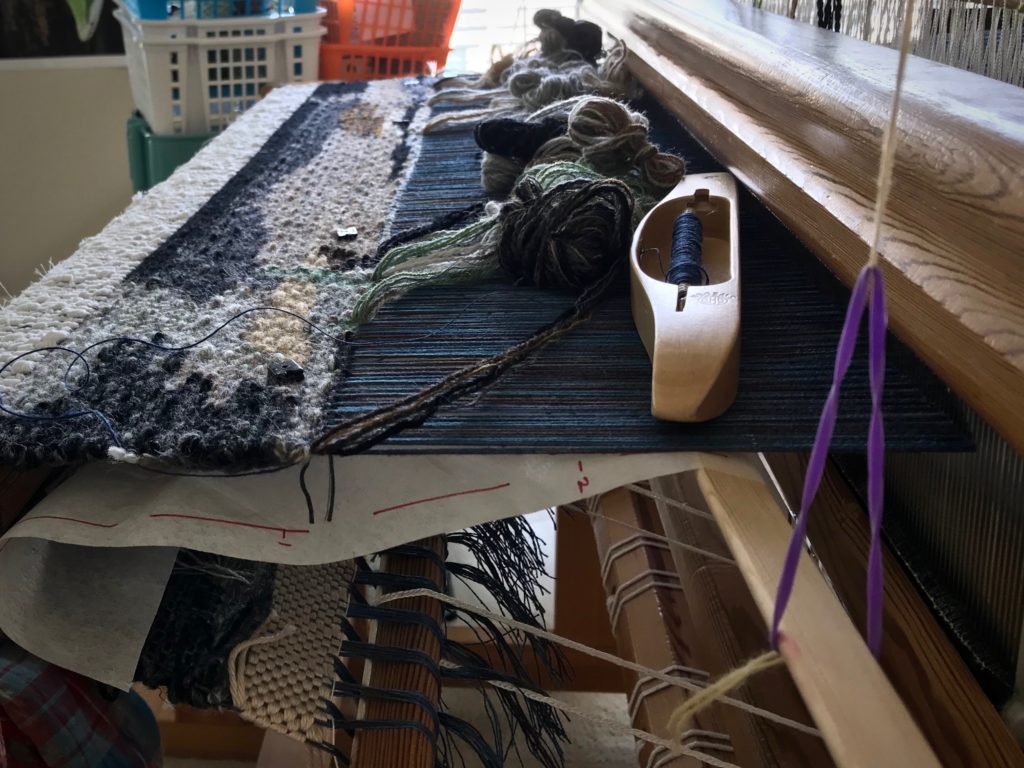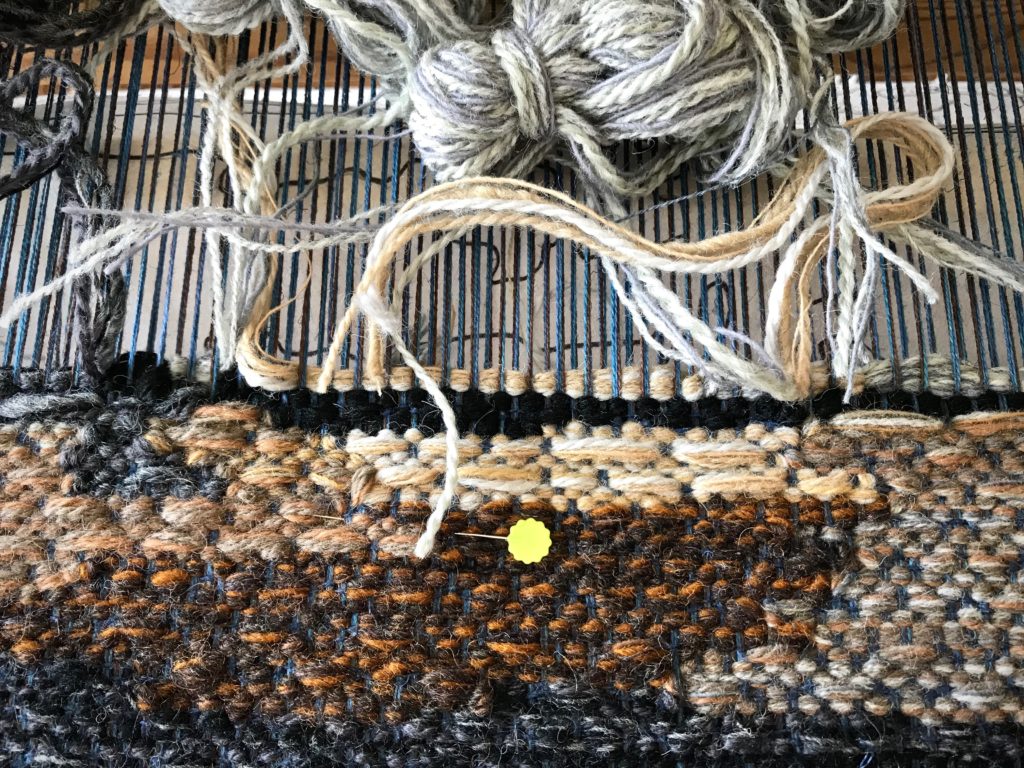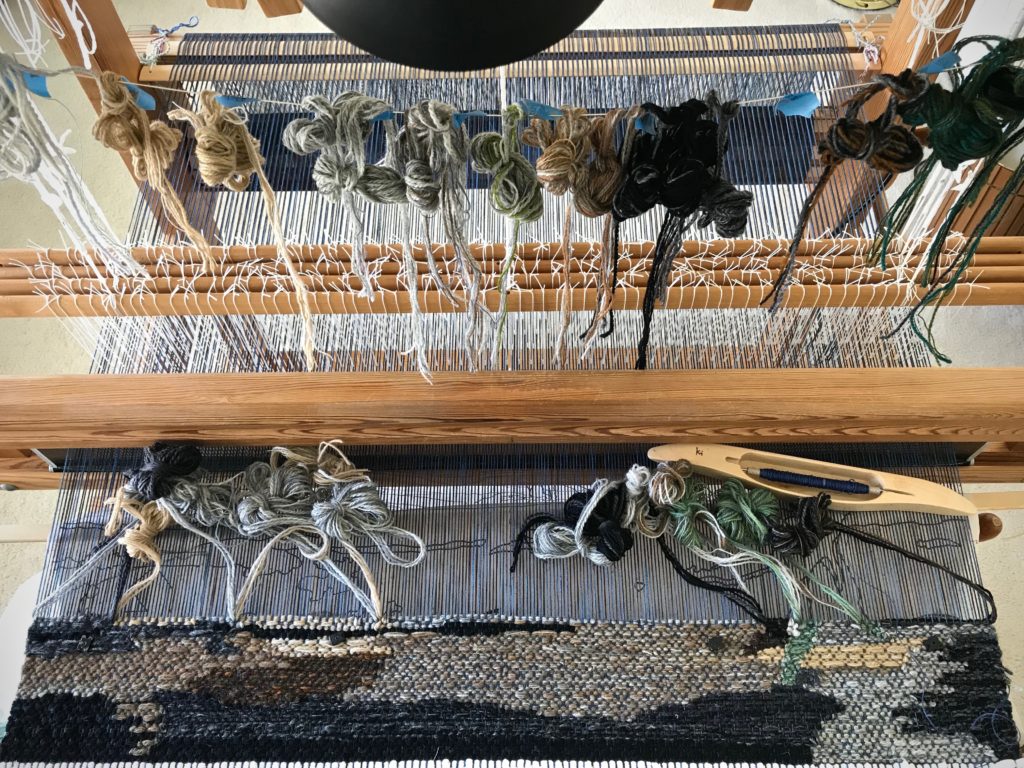I didn’t know it could look like this. The pleasant color interaction is astounding! Had I known, I may have woven the whole throw in this manner. This is the end of the warp, after 16 centimeters for the sample, 166 centimeters for the throw, and 50 centimeters for the lap blanket.
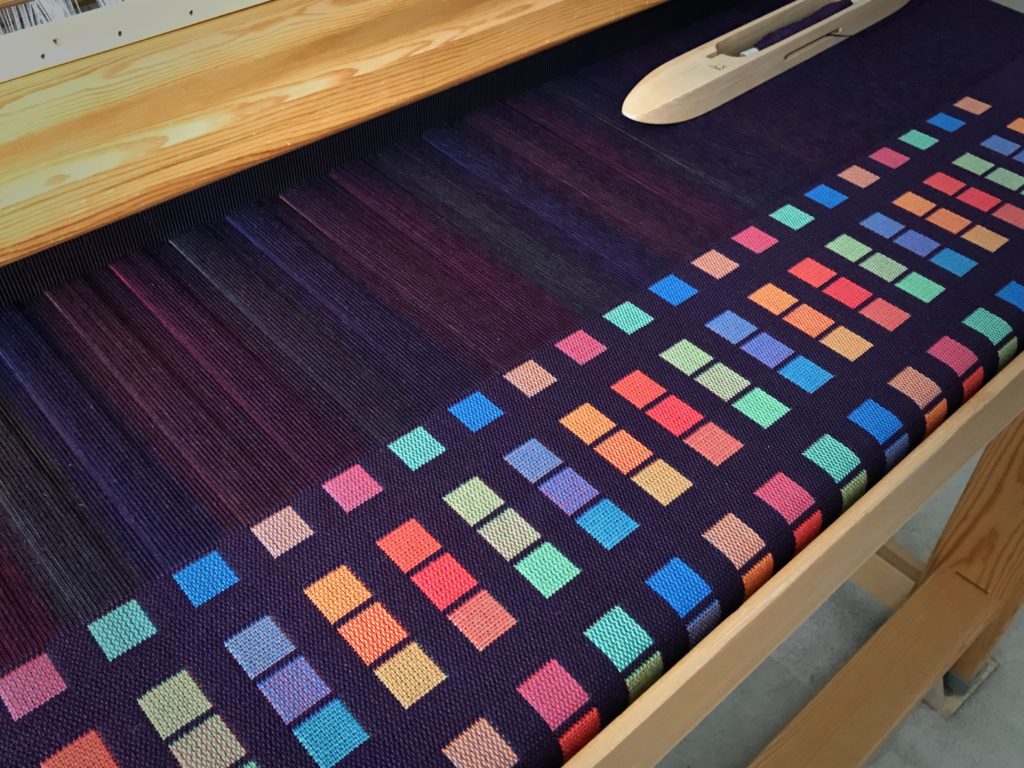
An ending sample is a perfect opportunity to use up weft left on the quills, and even some quills of 8/2 cotton left over from other projects. When the dark plum quill empties, others colors take its place. I put the colors one right after the other, without the dark plum separating them into squares. The fabric image that appears in front of me is mesmerizing!
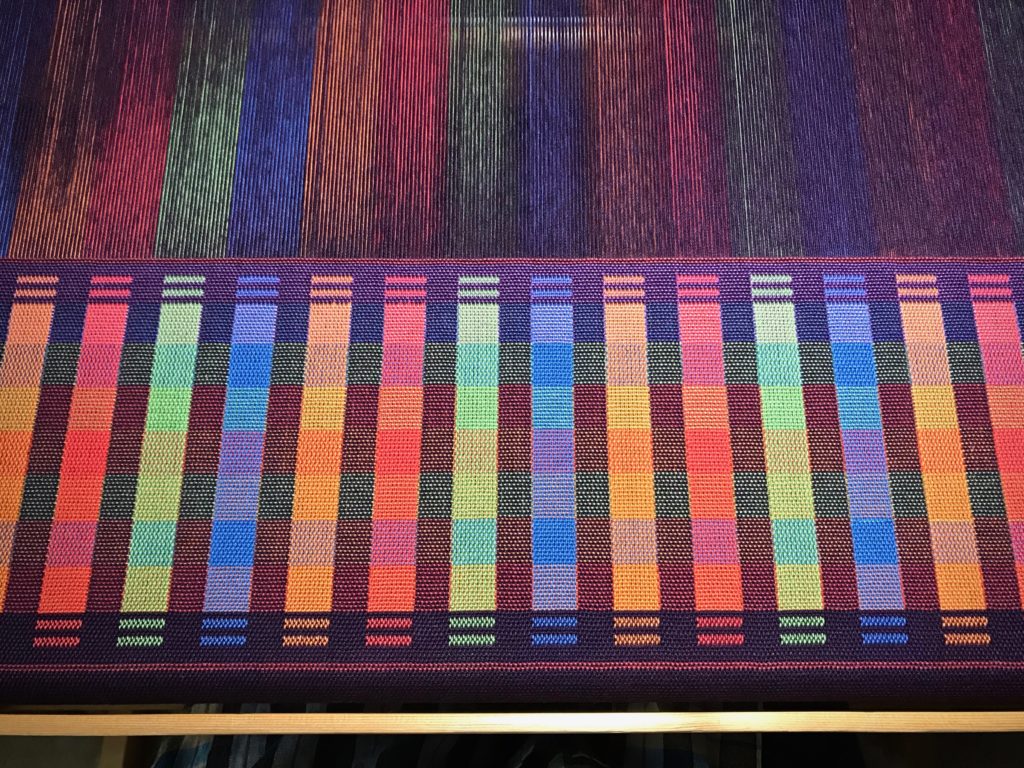
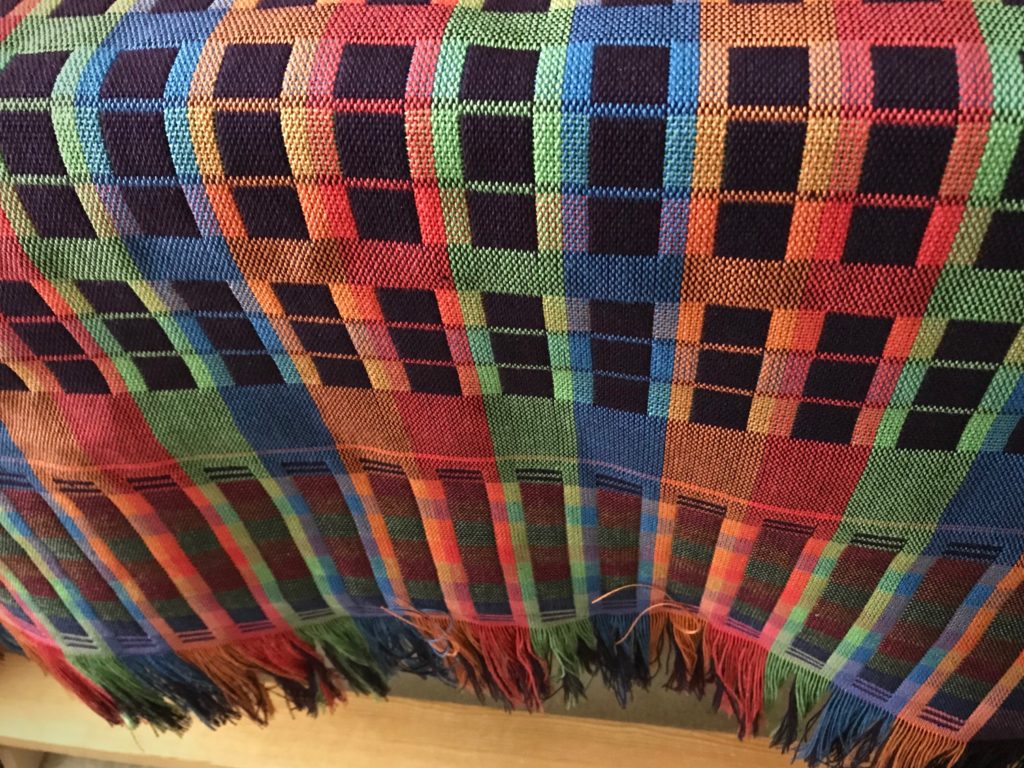
Image. What we do with what we know contributes to the image of who we are. When we trust in Christ, who is the image of the invisible God, our image is renovated. We are renewed in our knowledge, aligning our image with God. What a magnificent thought! How differently we might live if we only knew how glorious the outcome will be. The Grand Weaver turns our leftover weft into his astounding masterpiece.
May you find glorious surprises in your leftover threads.
Happy weaving,
Karen

